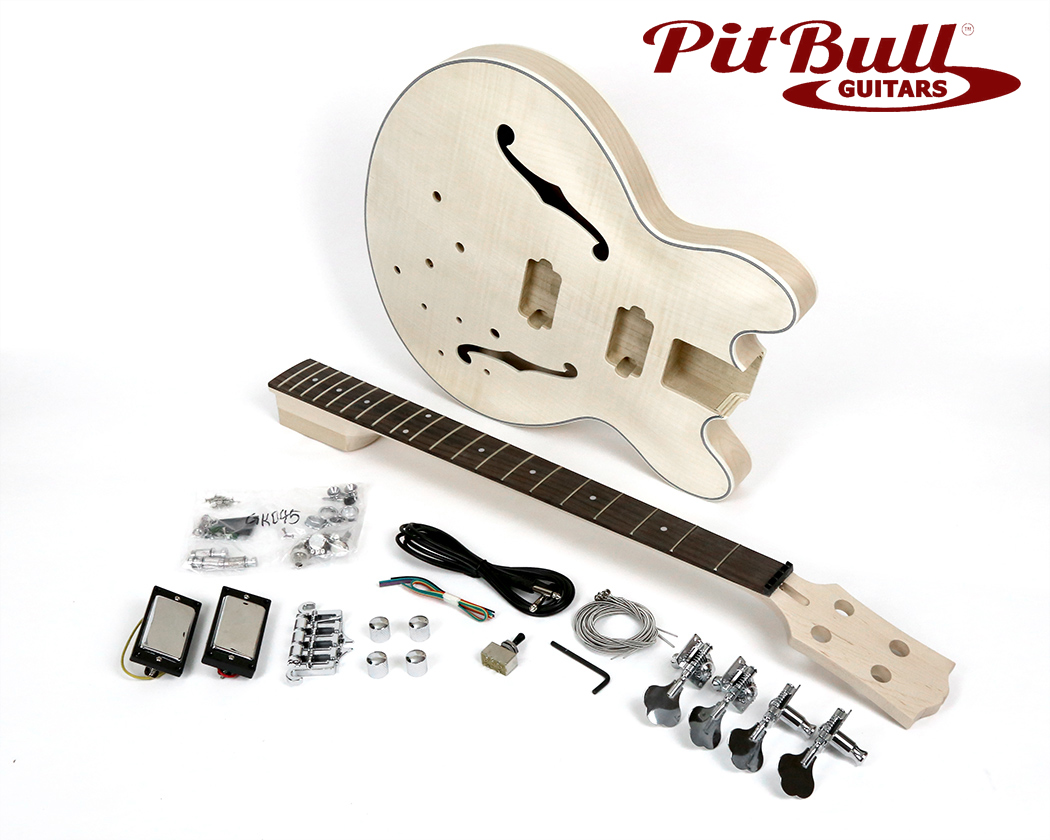Just received my Custom FV-1 kit with a set neck, however the neck doesnít have the piece that extends into the pickup cavity like the other set neck kits...it looks more like a bolt on neck minus the bolt holes. Will this still work as a glue joint neck??





 Reply With Quote
Reply With Quote



